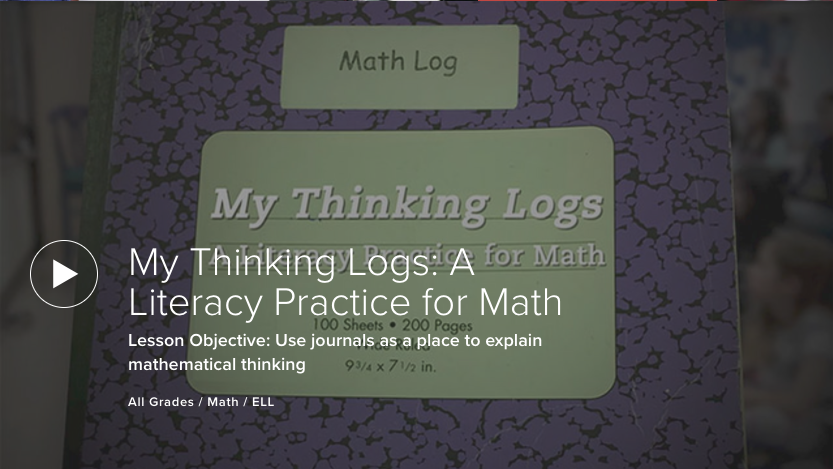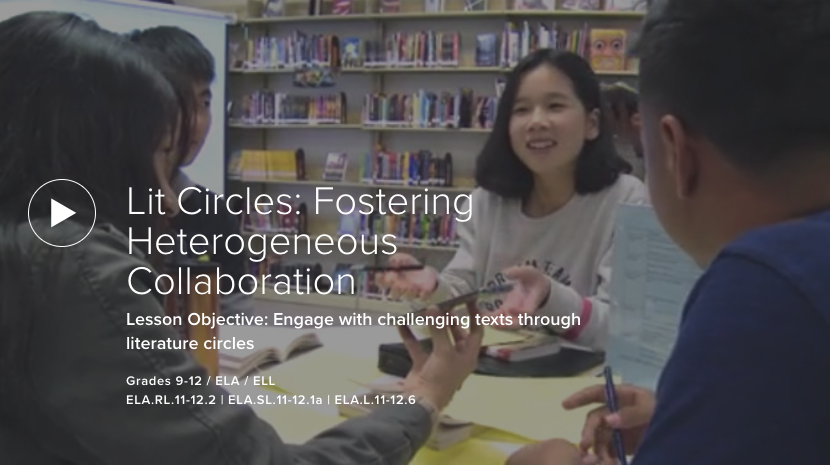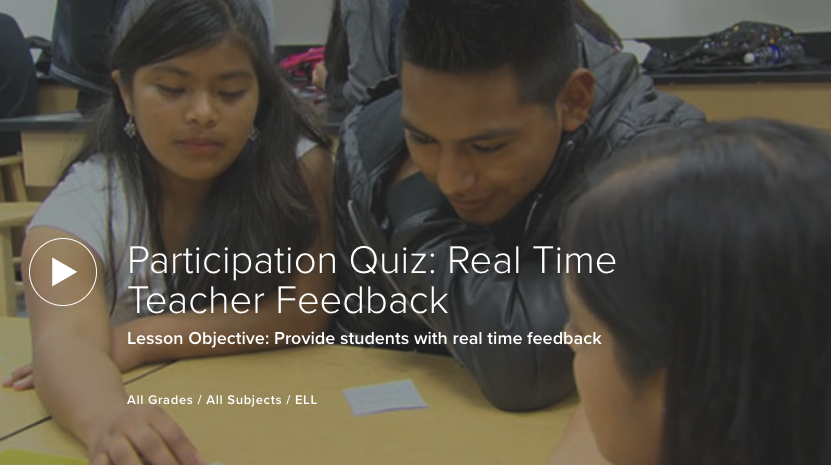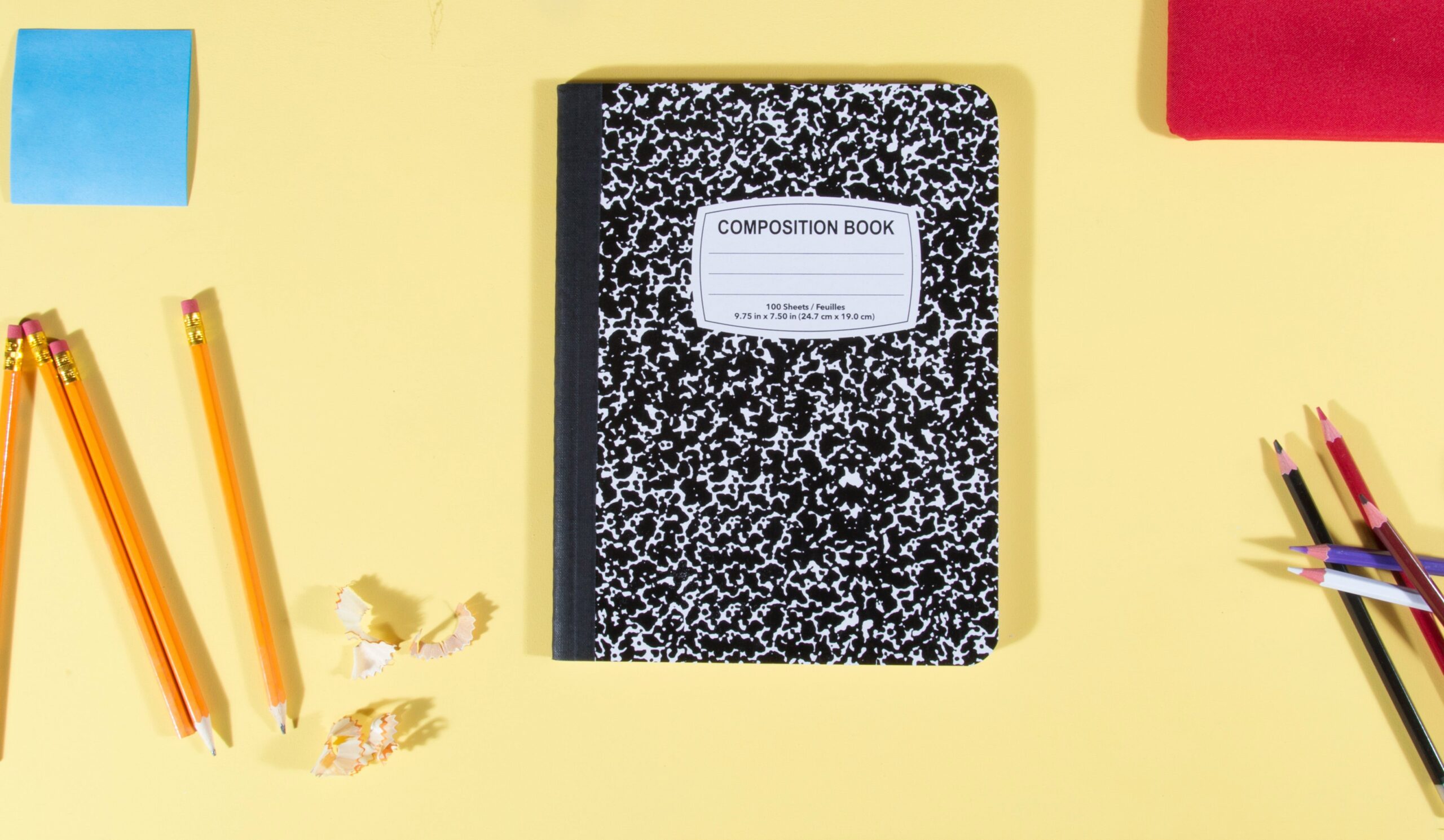As educators, we all know how important it is to assess student learning. Often, formative assessment strategies focus on student understanding of content learning. But what about language learning?
Whether or not you have ELLs in your classroom, our students are always improving their language skills. Why not try a formative assessment strategy that checks in on both language and content?
Here are four ways you can assess all students for content and language learning in your classroom:
Write it Out
Writing can be a powerful tool for assessing content learning in any subject area. When you read student writing, you get to see what students know and where their misconceptions may be. You also get to see where they’re at with their writing skills. In this video, watch how math teacher Kris Carey uses a strategy called My Thinking Logs to assess written language skills and content knowledge simultaneously.

VIDEO: My Thinking Logs: A Literacy Practice for Math
Another way to do a quick checkin is to ask students to write out their thinking mid-activity, even on their desks. Watch how high school teacher Chris Maldonado uses his tables as writing pieces during collaborative work.
Talk About It
When we ask students to talk about what they know, it gives them an opportunity to reinforce their own learning. It also gives them a chance to practice their speaking and listening skills. And, if you can listen in on what students are sharing with each other, you get a chance to formatively assess.
One way to hear your students is to arrange them physically so that you can easily listen. Check out Parallel Lines to see how fifth grade teacher Jessica Hegg sets up her students for optimal sharing and listening.
Another way to learn from listening to your students is through technology. In this video, second grade teacher Anna Dearlove uses her phone to record her ELLs in conversation. After class, she plays the recording back to formatively assess how they’re doing.

VIDEO: Lit Circles: Fostering Heterogeneous Collaboration
If you’ve got older students, you can even ask them to use their own devices. In this video, you’ll see high school teacher Kyle Halle-Erby ask his students to use their phones to record their group conversations. When class is over, they send him the audio files so he can listen.
Take Notes
You probably already use note-taking methods such as rubrics and clipboards to keep track of what students know and where their gaps may be in terms of content. Next time, try adding a row for language learning. In this video, watch how 4th grade teacher Sarah Horwitz facilitates an academic discussion about environmental issues while assessing speaking and listening skills.

VIDEO: Participation Quiz: Real Time Teacher Feedback
You can even use notes as in-class learning tools so that students can adjust their work while they work! High school teacher Patricia Segura gives collaborative groups instant feedback on their language skills during her math class. She uses a table called a participation quiz to note strengths in language use and areas for improvement so that students can use the feedback instantly. Watch the video to see how it works.
How do you like to formatively assess language learning in your class?








